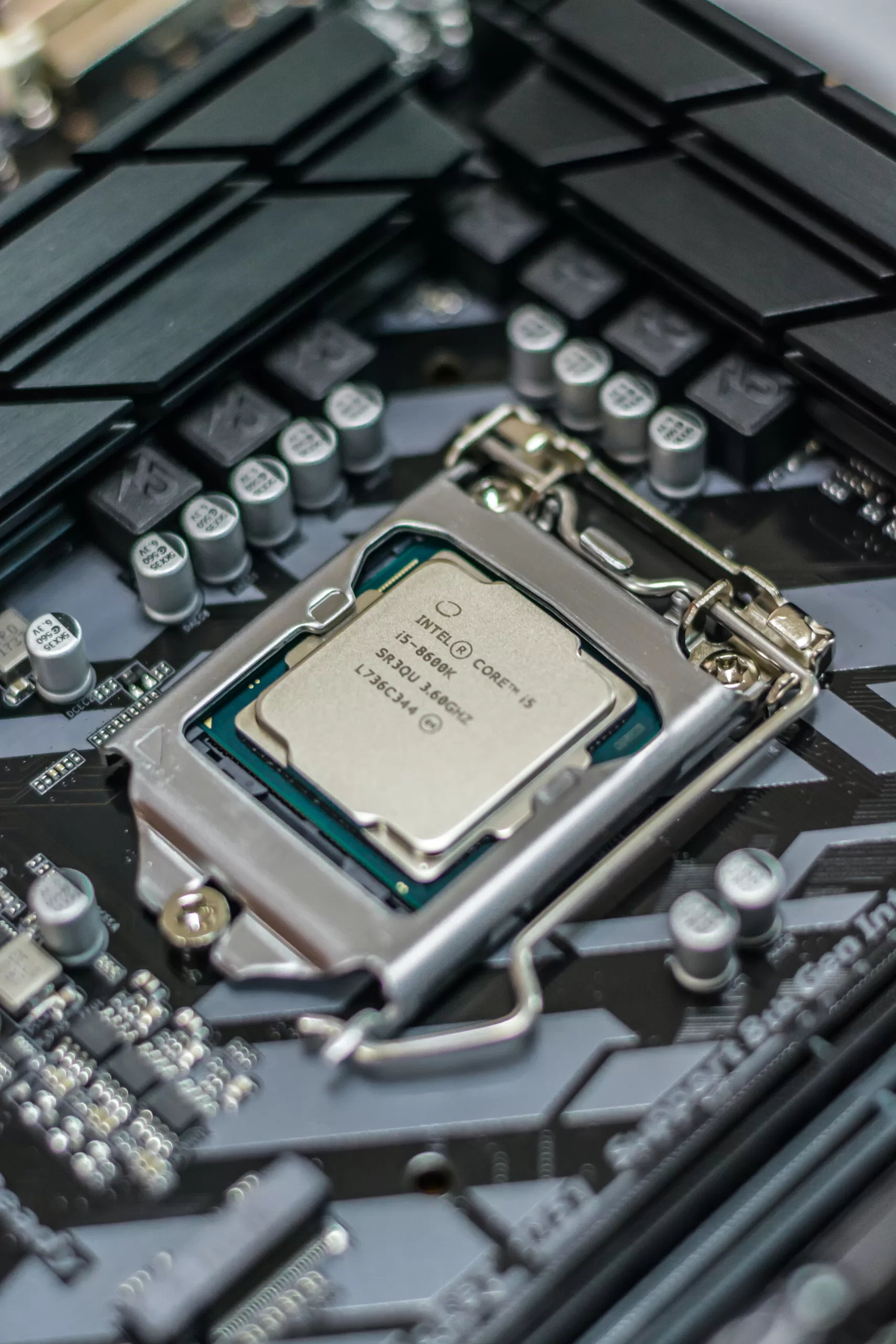If you are looking for a new laptop, you might have come across the terms Intel Core i3, i5 and i7 processors. These are the names of the most popular and widely used CPU families from Intel, the world’s largest semiconductor company. But what do these names mean, and how do they differ from each other? This blog post will explain the main features and performance of Intel Core i3, i5 and i7 processors and help you decide which is best for your use case.
Intel Core processors are divided into different generations and models based on their architecture, design and capabilities. The latest generation is the 13th, codenamed Raptor Lake, launched in October 2022. Each generation has several models that vary in their number of cores, threads, clock speed, cache size, power consumption, graphics and other features. The higher the model number, the more powerful and expensive the processor is.
The most common models are i3, i5 and i7, designed for different performance levels and usage scenarios. Here is a brief overview of their main characteristics:
Intel Core i3 processors
Intel Core i3 processors are entry-level models that offer basic performance for everyday tasks such as web browsing, email, office work and media consumption. They usually have two or four cores (Dual Core or Quad Core), four or eight threads, a clock speed of up to 4.1 GHz, a cache size of up to 8 MB, power consumption of up to 28 W and integrated graphics such as Intel UHD or Iris Xe.
Intel Core i5 processors
Intel Core i5 processors are the mid-range models that offer balanced performance for more demanding tasks such as gaming, photo and video editing, multitasking and productivity. They usually have four or six cores, eight or twelve threads, a clock speed of up to 4.8 GHz, a cache size of up to 12 MB, power consumption of up to 45 W and integrated graphics such as Intel UHD or Iris Xe.
Intel Core i7 processors
Intel Core i7 processors are high-end models that offer premium performance for intensive tasks such as professional gaming, content creation, streaming and multitasking. They usually have six or eight cores, twelve or sixteen threads, a clock speed of up to 5.3 GHz, a cache size of up to 16 MB, power consumption of up to 65 W and integrated graphics such as Intel UHD or Iris Xe.
However, there is more to picking a laptop with any Core i3, i5 and i7 processor—the generation and SKU matter, too, and we will address that in an upcoming article. Tell us your current set-up in the comment section.




